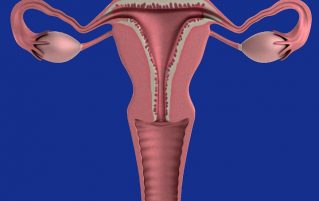

When learning about hormones and the menstrual cycle in school – you will be taught that oestrogen is the “female” hormone and testosterone is the “male” hormone. However, both males and females make these hormones, and they are essential to health. In fact to make oestrogen, the body must make testosterone first. The ovaries contain lots of an enzyme called aromotase, which will convert testosterone into oestrogen, but some of it is not converted, and instead released into the blood. The brain can also make hormones. In males, large quantities of aromatase are found in the brain, and so this is where they produce oestrogen!
In fact hormones can be produced almost anywhere in the body, not just the glands! Fat cells can make a hormone called liptin – which sends signals to the brain about hunger. Scientists have also found that the bones secrete a hormone called osteocalcin which can help with our flight-or-fight response.
GCSE scientists – you need to be able to explain the stages of the menstrual cycle, and how hormones control it. For help with this, try our new guide “How to work with the Menstrual Cycle”. It includes a description of the stages, and how hormones interact to control it. As always there are questions to try, and answers to check understanding.
If you found this useful and think you would benefit from some additional help, please contact us.
